It is difficult to imagine what life was like in ancient India before governments were established and before secularization made everybody equal in the eyes of the constitution. Before all of this, there were kings and queens, rulers and emperors, who would make the laws of the land and ensure that everyone obeyed. There was often infighting amongst these leaders for power and land.
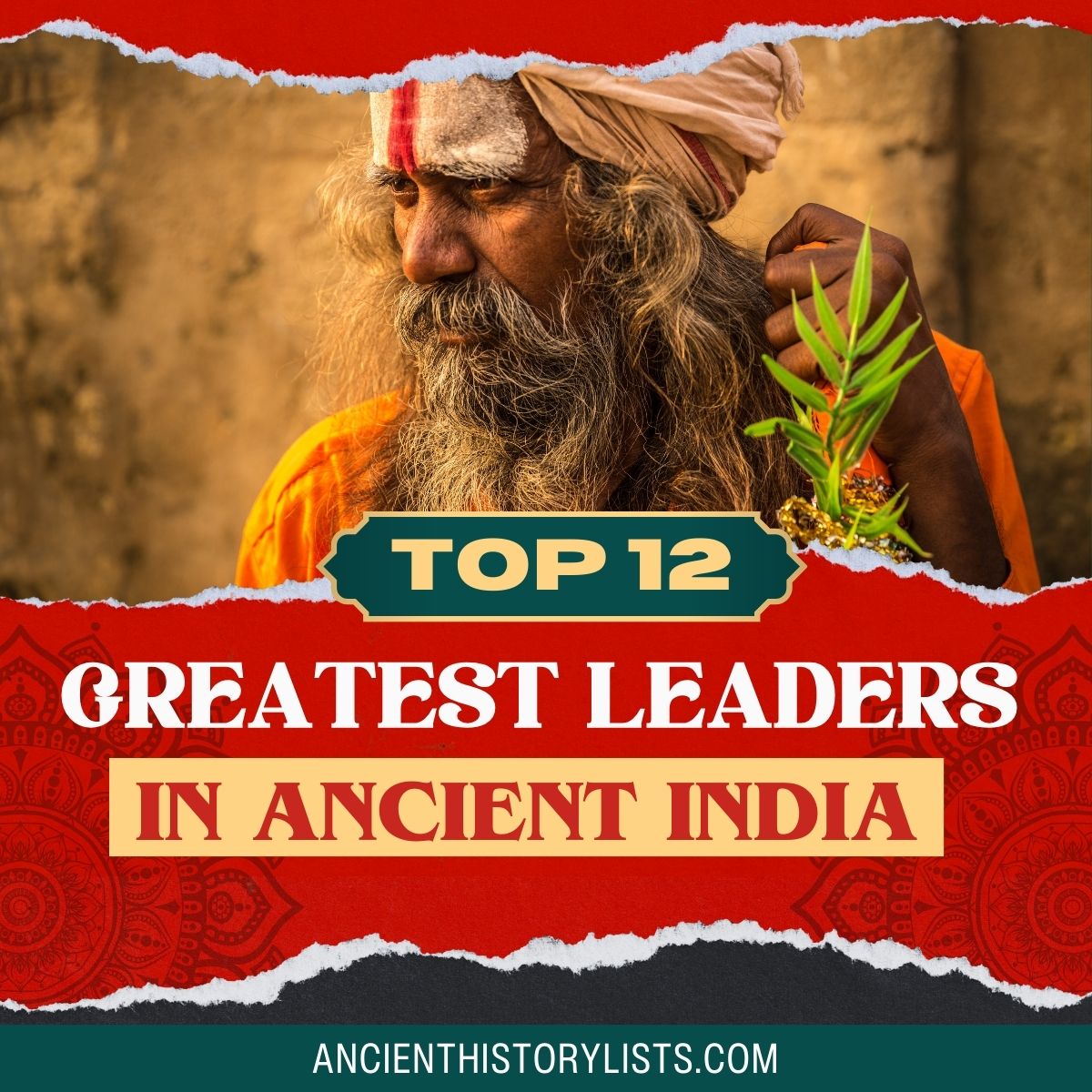
Here is a list of the 12 most important leaders in ancient India:
1. Bimbisāra
Bimbisāra, also known as Seniya or Shrenika, was born around 558 BC. He was the king of Magadha and succeeded his father, Bhattiya, to the throne. He belonged to the Haryanka dynasty, and his expansion policies helped the Maurya Empire enormously. Among his cultural achievements, he was known for building the city of Rajgir. He was a devoted follower of Jainism and Buddhism and was a good friend of Gautama Buddha. He died around 491 BC and was succeeded by his son Ajatashatru, after a reign of 52 years.
2. Chandragupta Maurya
Chandragupta Maurya, who was a pivotal figure in Indian history, was born around 340 BC to a large family. He was the founder of the Maurya Empire in India and reigned from 321 to 297 BC. From historical texts, we have learnt that he was a follower of Jainism and renounced all his familial wealth and power to join the Jain monks in the Deccan region (now known as Karnataka). He also took part in the Jain religious practice known as sallekhana in which an individual dies peacefully during a fast.
Chandragupta is known throughout India for building one of the largest empires in the subcontinent. Many of his achievements have been immortalized in Hindu and Buddhist texts. With the help of his counsel, Chanakya, he was able to build his massive empire and introduce many economic and political reforms, creating a strong central administration.
After giving up his kingly life to pursue Jainism, his grandson Ashoka completed his unfinished conquests of Tamil Nadu and Kalinga.
3. Porus
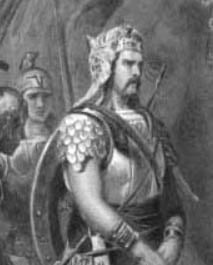
Porus, also known as Poros, was born in the Punjab region. He was an ancient Indian king who reigned from around 326 BC to 315 BC. His kingdom spanned from the Jhelum River to the Chenab River in the northern region of the Indian subcontinent. He was said to be a fearless warrior and an excellent commander. The Battle of the Hydaspes was fought between Alexander the Great and Porus in 326 BC. Porus lost the battle but was reinstated as satrap, or provincial governor, by Alexander the Great. Porus was eventually assassinated by Eudemus, one of Alexander’s generals.
4. Bindusara
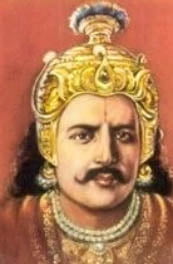
Bindusara was born around 297 BC to Chandragupta Maurya and Dhudhara. He succeeded his father and was the second emperor of the Maurya Empire. He was not as famous as his son, Ashoka, or his father, and not a lot has been written about him. Most of the information we do have was written many years after his death.
During his reign, he was the emperor of the Deccan region and his main achievement during that time was the organization of the empire that he had inherited from his father. He died around 273 BC, and his son Ashoka succeeded him.
5. Ashoka
Ashoka was born in Pataliputra (now Patna) in Bihar. He was the son of Subhadrangi and the emperor Bindusara and succeeded his father to become emperor of the Maurya dynasty. He was also known as Ashoka the Great and managed to rule almost the entire Indian subcontinent during his reign. His grandfather was Chandragupta Maurya, the founder of the Maurya Empire, and Ashoka expanded his grandfather’s empire tenfold. The ancient Indian teacher Chanakya was one of Ashoka’s great advisors.
Ashoka followed Buddhism and helped to spread the religion across the country. After Ashoka’s father died, he wanted his other son, Susima, to be his successor but his ministers voted to have Ashoka as their emperor instead. Ashoka was thought to have five wives and six children. He died in 232 BC and is considered one of the most important rulers to have ever lived.
6. Rajendra Chola I
Rajendra Chola I, also known as Rajendra I, was born on the festival of Thiruvathirai in the Tamil month of Aadi. He was the emperor of south India and succeeded his father Rajaraja Chola I to the throne. He reigned from approximately 1014 to his death in 1044. His campaigns included the conquest of the Rashtrakutas and half of Sri Lanka. He helped build a large manmade lake, one of the largest in India, and was looked up to by the people of his kingdom.
7. Prithviraj Chauhan
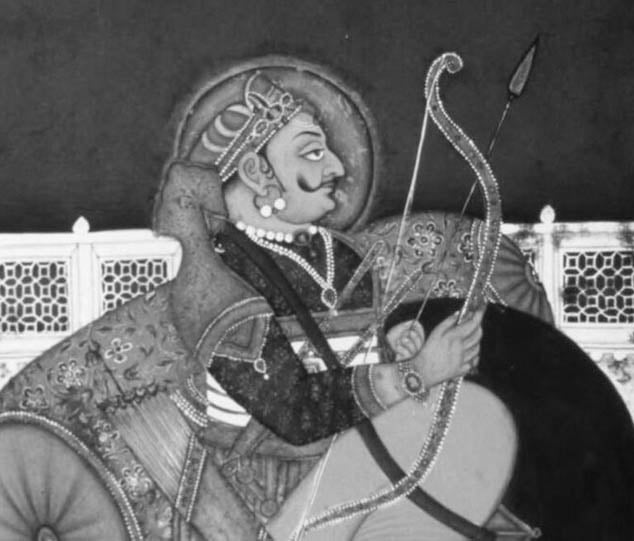
Prithviraja III, also known as Prithviraj Chauhan, was born around 1166 in Gujarat. He was the king of the Chahamana dynasty in northwestern India, and his kingdom had control over Rajasthan, Delhi, Madhya Pradesh, Haryana, and Uttar Pradesh. He reigned over the Chauhan dynasty from 1178 to 1192, succeeding his father Someshvara who died when Prithviraj was just 11 years old. His mother Karpura Devi was a Kalachuri princess.
Much of the information about Prithviraj Chauhan comes from legendary medieval chronicles. He was well known for the Battles of Tarain that started in 1190. It is not clear how Prithviraj Chauhan died, but some ancient sources suggest that he was executed for treason.
8. Alauddin Khalji
Alauddin Khalji was born Ali Gurshasp in 1267. He was said to be the most powerful ruler of the Khalji dynasty and was the successor of Jalaluddin, his father-in-law. After he crushed a revolt against Jalaluddin, he was named the governor of Kara in 1291. He reigned over the Khalji dynasty from 1296 to 1316, and during his reign, he managed to conquer many kingdoms in Gujarat.
A few years before his death he appointed his slave-general Malik Kafur as the administrator of the kingdom during his absence. He died on January 4, 1316, and was succeeded by his son Qutbuddin Mubarak Shah.
9. Sher Shah Suri
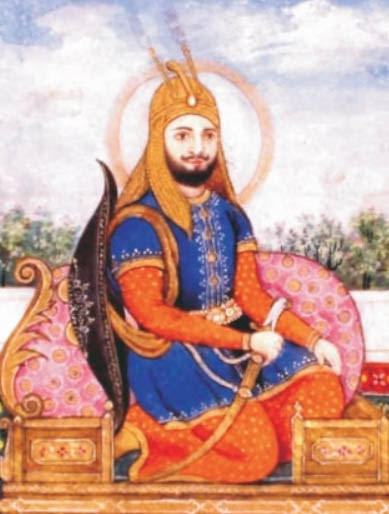
Sher Shah Suri was born Farīd Khān in 1486 in Sasaram, Bihar, where he built his empire. He was the son of Hassan Khan Sur and had seven brothers. As a child, he did not get along with his father, so he decided to run away from home to serve Jamal Khan, the governor of Janpur in Uttar Pradesh. When his father learned of this, he wrote Jamal Khan a letter; upon reading the letter Jamal Khan advised Sher Shah to go back home, but he refused to do so.
Sher Shah’s family was named “Suri” because of their Sur tribe, and he became the founder and emperor of the Suri Empire. The name “Sher” means lion or tiger in Persian and “Sher Shah” means “lion lord.” He was named Sher by Bahar Khan Lohani, the Mughal governor of Bihar, because of his bravery. In 1538, Sher Shah took control of the Mughal Empire and set up a new civil and military administration. He is known for elongating the Grand Trunk Road from Chittagong to Kabul, and invented the term “rupee” for a silver coin.
During his reign, Sher Shah built the Rohtas Fort, which is now recognized as a UNESCO World Heritage Site, and several other famous monuments like the Sher Shah Suri Masjid in Patna and the city of Bhera in Pakistan.
Sher Shah Suri was killed on May 22, 1545, during the siege of Kalinjar Fort. He is buried in the Sher Shah tomb in his birthplace of Sasaram.
10. Maharana Pratap
Pratap Singh, also known as Maharana Pratap, was born on May 9, 1540, in Kumbhalgarh Fort in Mewar in Rajasthan. He was born into a Rajput family to Udai Singh II and Jaiwanta Bai and was the 13th Rajput king of Mewar. He had three brothers and two stepsisters. On the death of his father, his brother Jagmal was supposed to be crowned king, but the kingdom’s noblemen voted for Pratap Singh instead.
In June 1576, during the Battle of Haldighati, Maharana Pratap refused to submit to Akbar the Great. The Mughals won the battle but were not able to capture Pratap Singh. He died on January 19, 1597, in Chavand, Mewar, at the age of 56.
11. Akbar
Abu’l-Fath Jalal-ud-din Muhammad Akbar, or more commonly Akbar the Great, was born on October 15, 1542, to Humayun and Hamida Banu Begum in Umerkot, Rajputana (now Sindh in Pakistan). He reigned over the Mughal Empire from 1556 to 1605, succeeding his father Humayun to become the third emperor of the Mughal Empire.
He was a powerful and influential leader, and with help from his advisor, Bairam Khan, he managed to expand the empire all over the Indian subcontinent. One of the methods that helped him grow his empire was treating all his subjects the same regardless of religion. He strongly believed that Muslims and Hindus should work together. As a result, the Mughal Empire was soon a dominant power in terms of economics, the military, politics, and culture.
Akbar was an extremely loyal ruler, and this trait helped him earn the respect of his subjects. He was keen on art and literature and had a library filled with numerous books in different languages. A lot of the money he made during his reign was spent on expanding the arts in his kingdom. He also did a lot for the country in terms of social and civil reforms and redressed the balance in the military by appointing more Muslim citizens to the higher posts which had been previously monopolized by Hindus.
Akbar was undoubtedly one of the greatest rulers to have ever lived, largely because of his multicultural approach. He died in Agra on October 27, 1605, at the age of 63. His son Jahangir succeeded him.
12. Maharaja Ranjit Singh
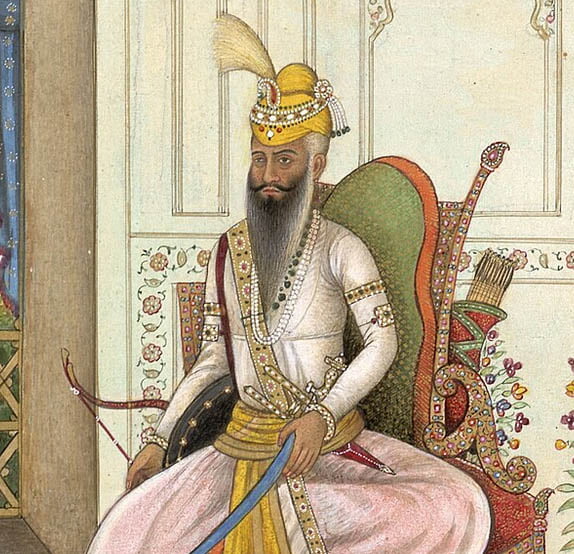
Maharaja Ranjit Singh was born Buddh Singh on November 13, 1780, in Gujranwala in the Punjab region (part of the Sukerchakia Misl of the Sikh Confederacy). He was the first maharaja of the Sikh Empire. During his reign, Ranjit Singh helped modernize his empire and create wealth.
He made sure he had a diverse army which included people from various backgrounds, races, and religions: Hindus, Muslims, Sikhs, and even Europeans. He helped build several gurudwaras, or Sikh places of worship, including the Takht Sri Patna Sahib and Hazur Sahib in Nanded.
He reigned over the Sikh Empire from 1801 to 1839. He was also the chief of the Sukerchakia Misl from 1792 to 1801 and was known as the “Lion of the Punjab.” He died in Lahore on June 27, 1839, at the age of 58.
Conclusion
These are only a few of the great Indian kings who are still remembered for their deeds centuries and millennia after their deaths. Everybody wants to leave their mark in this world and to be remembered for years to come. These great Indian leaders certainly did that.